Total Solar Eclipse 2017
The total solar eclipse occurring on Monday, August 21, 2017 will grant all of North America a front row seat to a rare celestial phenomenon. The path of totality will stretch from Salem, Oregon to Charleston, South Carolina and along this path the moon will completely eclipse the Sun, plunging the sky into almost total darkness. The total eclipse will be the first to cross the United States in almost 40 years.
Observers outside this path throughout North America, as well as parts of South America, Africa and Europe, will still see a partial solar eclipse, where the moon covers part of the Sun's face and casts a shadow across the Sun.
Solar Eclipses: The Basics
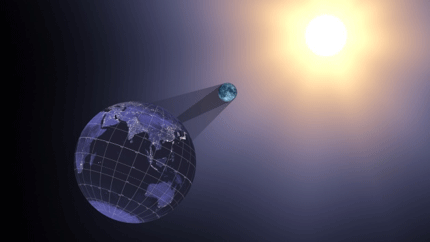
Experiencing a solar eclipse, especially in the path of totality, is an uncommon and extraordinary event. Eclipses occur periodically as the moon passes between Earth and the Sun, blocking the Sun’s light from reaching Earth. The position of the moon in orbit, as well as the viewer’s position on Earth determines the type of solar eclipse experienced.
Eclipses, especially total eclipses, are rare because of how the moon orbits Earth relative to Earth’s orbit around the Sun. The difference in these orbits is about five degrees, and, as a result, the moon often misses crossing in front of the Sun, instead passing above or below it. It’s only when the Sun, moon and Earth align that an eclipse occurs.
Solar eclipses fall into three categories: annular, partial, and total.
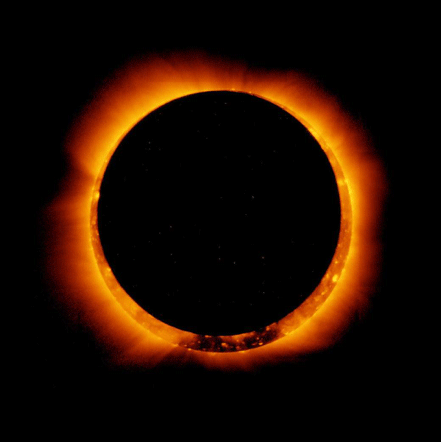
Since the moon’s orbit is elliptical, its distance from Earth varies. An annular eclipse occurs when the moon is furthest from the the Earth, causing the moon to appear smaller in the sky -- too small to block the entire view of the Sun. As a result, the moon passes in front of the Sun without completely obscuring its face and the Sun’s light appears like a ring of fire around the moon.
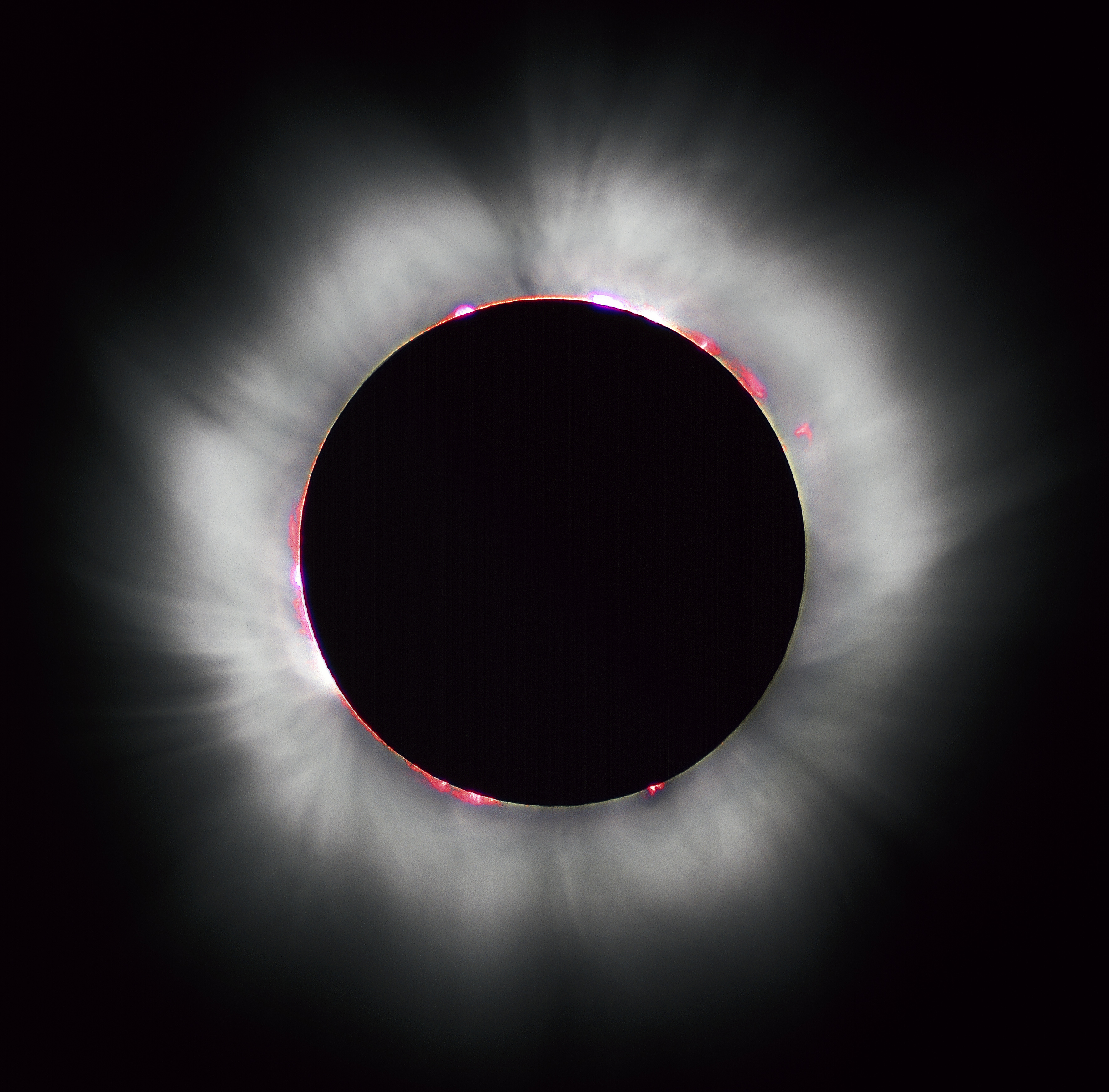
The eclipse occurring on August 21, 2017 will be a total eclipse. A total solar eclipse differs from an annular eclipse because it occurs when the moon is closer to Earth, thus appearing bigger in the sky and fully covering the Sun. A total eclipse casts the sky into near-complete darkness for a few short minutes. During a total eclipse, stars and planets become visible while the air temperature drops along with the light level, and animals turn to their nocturnal behaviors. This phenomena is visible only from the small area where the center of the moon’s shadow hits Earth when the Sun, moon and Earth are in a direct line. You can learn more about this phenomena, and how it affects nature with another Smithsonian project: Eclipse Soundscapes .
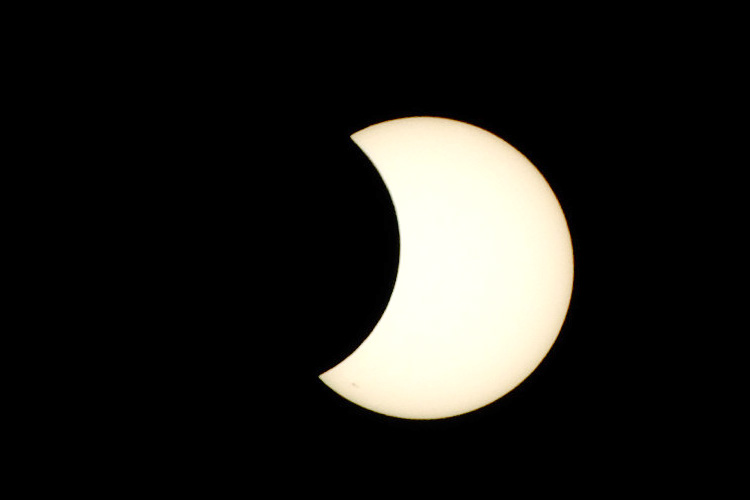
A partial solar eclipse occurs when the moon crosses the face of the Sun, but doesn’t directly align with the Sun and Earth. Rather than casting the sky in complete darkness, the Sun appears to have a shadow across part of its surface. This partial solar eclipse can be seen from a much larger area on Earth than the total eclipse.

The difference between a total and partial solar eclipse is based on the location of the viewer. During a solar eclipse, the moon casts two shadows on Earth. The umbra is the dark center of the moon’s shadow, which gets smaller as it reaches Earth. The second shadow, the penumbra, gets larger as it reaches Earth. People standing in the penumbra will see a partial eclipse, while those standing in the umbra will see a total eclipse. Viewing techniques for the eclipse differ based on your location. Read instructions for viewing the eclipse carefully on our viewing guide below.
Safety
An eclipse is a striking phenomenon you won't want to miss, but it is essential to closely follow safety procedures. By following proper precautions and choosing from one of the recommended viewing techniques below, you can ensure a safe and exciting viewing experience.
Important Tips:
- Never stare continuously at the sun.
- Take breaks and give your eyes a rest.
- Do not use sunglasses: they don't offer your eyes sufficient protection.
Viewing Technique Options
- 1. Using Solar Filters, or “Eclipse Glasses”
-
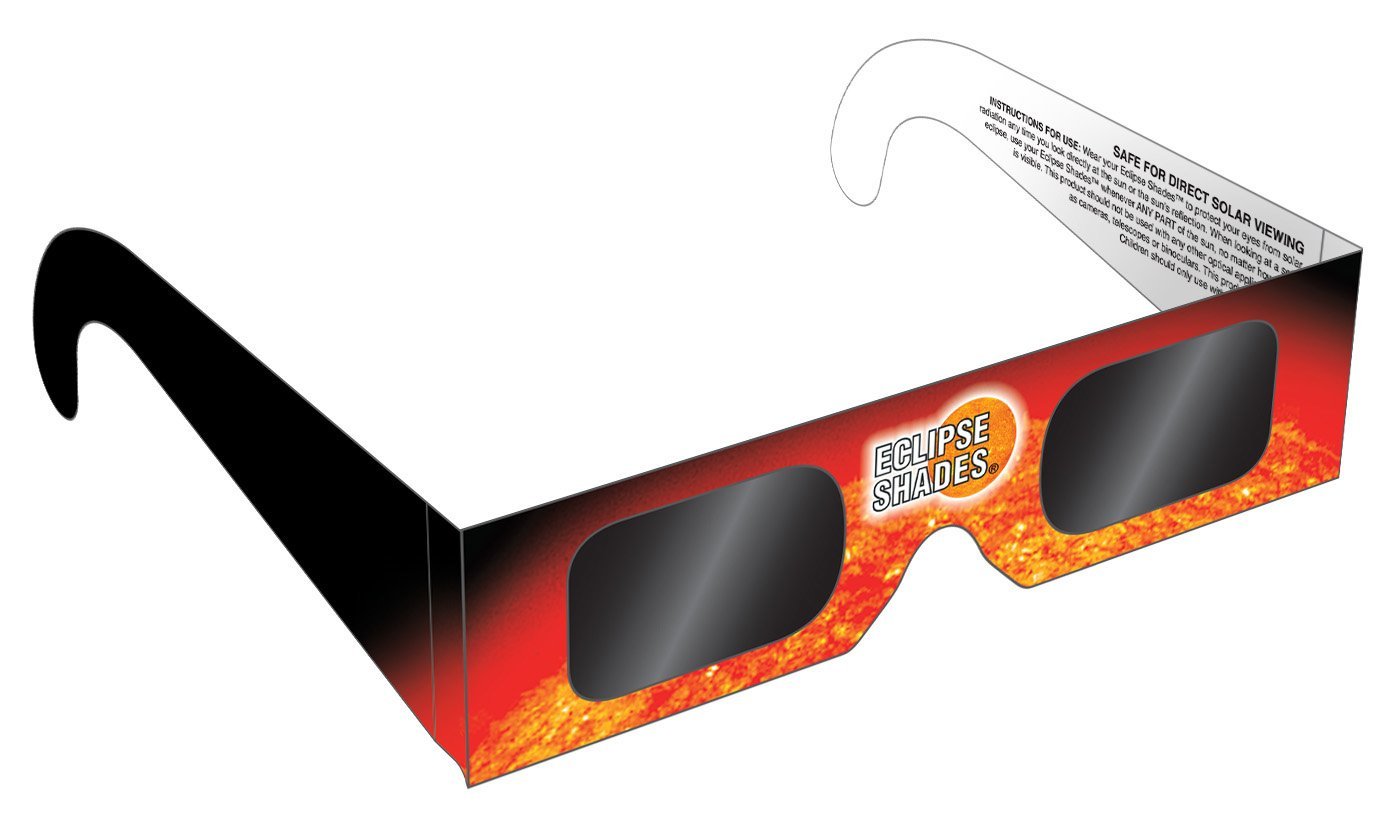
Image Credit: NASA The only safe way to look at the uneclipsed or partially eclipsed Sun is through special-purpose solar filters, such as “eclipse glasses” or hand-held solar viewers. Homemade filters or ordinary sunglasses, even very dark ones, are not safe for looking at the Sun. This method is a popular option as it works well for all eclipse viewers, not just those in the path of totality.
There are three solar filter/”eclipse glasses” manufacturers that meet current international standards for viewing the eclipse. They include Rainbow Symphony , American Paper Optics and Thousand Oaks Optical .* Obtain these glasses and read and follow all instructions printed on or packaged with the filter carefully. Always inspect your solar filter before use; if scratched or damaged, discard it. Always supervise children using solar filters.
Stand still and cover your eyes with your eclipse glasses or solar viewer before looking up at the bright Sun. After glancing at the Sun, turn away and remove your filter — do not remove your filter while looking at the Sun.
Do not look at the Sun through a camera, a telescope, binoculars, or any other optical device while using your eclipse glasses or hand-held solar viewer — the concentrated solar rays will damage the filter and enter your eye(s), causing serious injury. Seek expert advice from an astronomer before using a solar filter with a camera, a telescope, binoculars, or any other optical device.
*Rainbow Symphony , American Paper Optics and Thousand Oaks Optical are the only three recommended manufacturers that meet current international standard: ISO 12312-2. Always inspect your solar filter before use; if scratched or damaged, discard it. Read and follow any instructions printed on or packaged with the filter. Always supervise children using solar filters.
- 2. Total Eclipse + Solar Filter viewing
-
While it’s normally unsafe to look at the Sun directly, this is an option only for viewers who will be in the the path of totality during the total eclipse, when the Moon completely covers the Sun’s face. This viewing option is only possible during the brief moment of “totality” for viewers within this path. If you are within the path of totality, remove your solar filter only when the Moon completely covers the Sun’s face and it suddenly gets dark. Experience totality, then, as soon as the bright Sun begins to reappear, replace your solar viewer to glance at the remaining partial phases.

Image Credit: NASA - 3. Projection Techniques
-
Pinhole projectors are a safe, indirect viewing technique for observing an image of the sun. For example, cross the outstretched, slightly open fingers of one hand over the outstretched, slightly open fingers of the other. With your back to the Sun, look at your hands’ shadow on the ground. The little spaces between your fingers will project a grid of small images on the ground, showing the Sun as a crescent during the partial phases of the eclipse.
You can find printable NASA pinhole projectors here .
Another projection technique involves projecting an image of the Sun onto a white surface with a projecting telescope. This is explained further here at the Astro Society website .
The final projection technique involves projecting the image of the eclipse with binoculars. You can learn more about this technique through this NASA video .
- 4. Telescopes with Solar Filters
-
Eclipses are best viewed directly when magnified, which means a telescope with a solar filter or solar telescopes. These will give you a magnified view that will clearly show the progress of an eclipse. Never look through a telescope without a solar filter on the large end of the scope. And never use small solar filters that attach to the eyepiece (as found in some older, cheaper telescopes).
Additional Safety Information
One excellent resource for safe solar eclipse viewing is here: http://www.nasa.gov/content/eye-safety-during-a-total-solar-eclipse , eclipse.aas.org and eclipse2017.nasa.gov .
This document does not constitute medical advice. Readers with questions should contact a qualified eye-care professional.